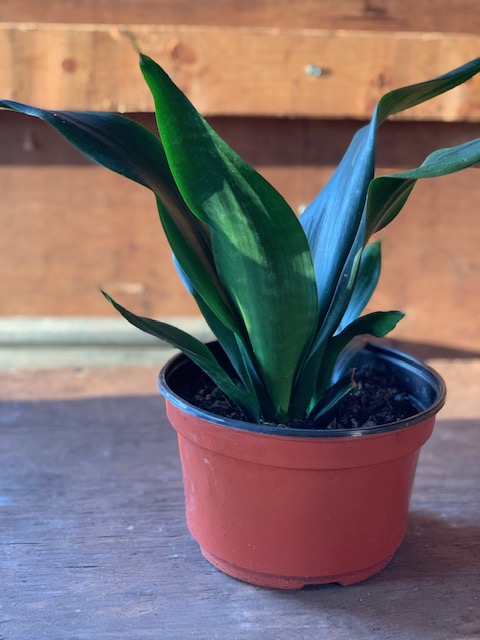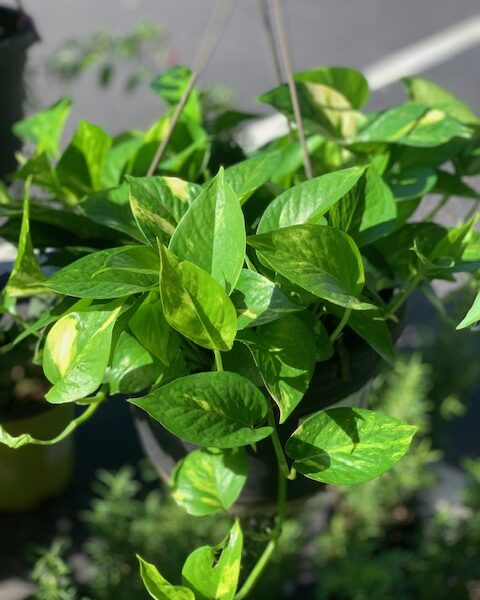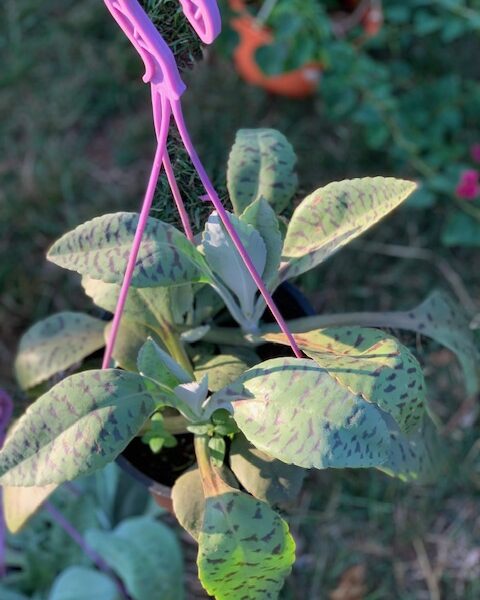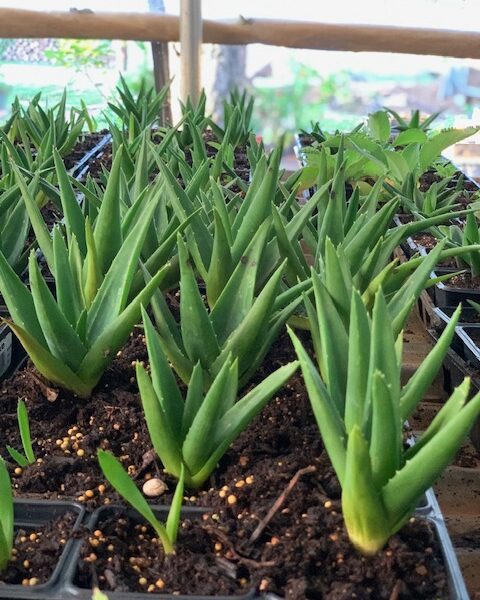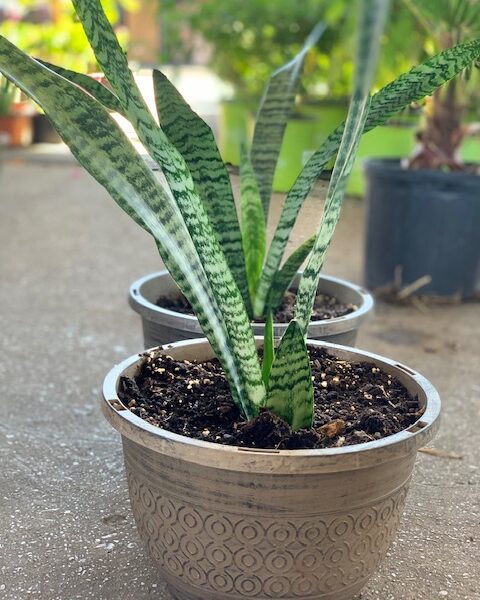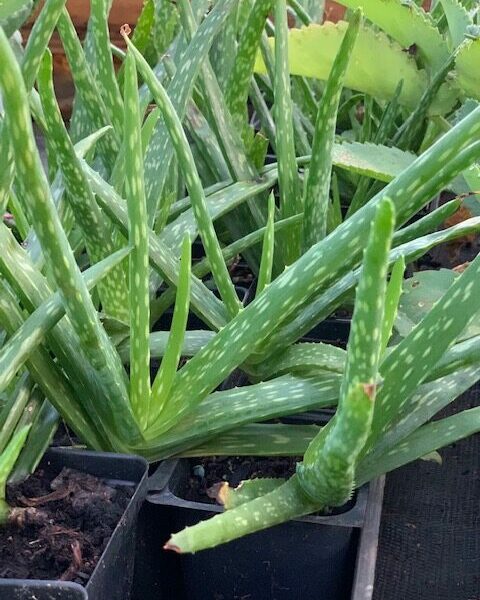Description
**Air Purification** One of the notable benefits of Snake Plant Whitney is its ability to purify indoor air. It can remove toxins such as formaldehyde, benzene, and trichloroethylene, making it a great addition to homes and offices.
**Appearance** Snake Plant Whitney features thick, Sword-shaped leaves that grown in an upright and slightly arching manner. The leaves are dark green with distinct, irregular silvery-green horizontal bands, giving them a unique, marble appearance. the edges of the leaves are often lined with a creamy white or yellow margin, adding to their visual appeal.
**Light Requirements** This plant is highly adaptable and can thrive in a wide range of light conditions. It prefers bright, indirect light but can also tolerate low light and even some direct sunlight. How ever, too much direct sunlight may scorch the leaves.
**Watering** Snake Plant Whitney is drought-tolerant and requires minimal watering. Allow the soil to dry out completely between waterings to prevent root rot. Overwatering is the most common mistake with this plant. During the winter months, reduce the frequency of watering even further.
**Soil** Well-draining soil is essential for the health of this plant. A cactus or succulent potting mix works well. If using regular potting soil. consider adding sand or perlite to improve drainage.
**Temperature and Humidity** Snake Plant Whitney prefers warm temperatures between 60-85*F (15-29*C) and can tolerate dry air, making it suitable for most indoor environments. It is not frost-tolerant, so keep it away from cold drafts and freezing temperatures.
Overall, Snake Plant Whitney is an excellent choice for both novice and experienced gardeners due to its hardiness, low maintenance, and attractive appearance.


